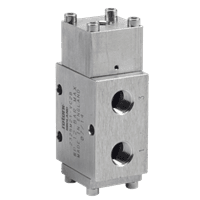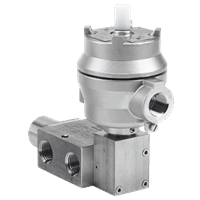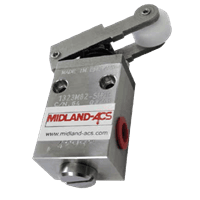Poppet Valves
Poppet Valve
Design: A poppet valve consists of a movable component (called a "poppet") that opens and closes against a seat to regulate the flow of fluid or gas. The valve has a disc or tapered shape that lifts off the seat to allow flow or seals against it to stop flow.
Operation: The movement of the poppet is usually controlled by a spring or mechanical actuation (such as a camshaft in internal combustion engines). When pressure is applied, the poppet moves off the seat, allowing flow. When pressure is removed, the poppet returns to the seat to block the flow.
Common Uses: Poppet valves are often used in internal combustion engines, pneumatic systems, and hydraulic systems to regulate fluid or air flow. They are known for their fast response and are typically used in high-pressure applications.
Flow Characteristics: Poppet valves allow for very quick flow when fully open and provide a very tight seal when closed, making them suitable for high-pressure applications where quick response and tight shutoff are required.


